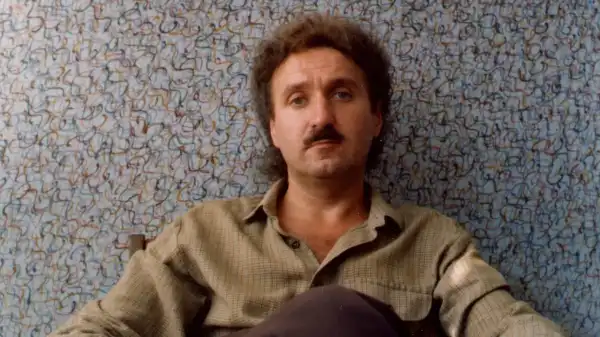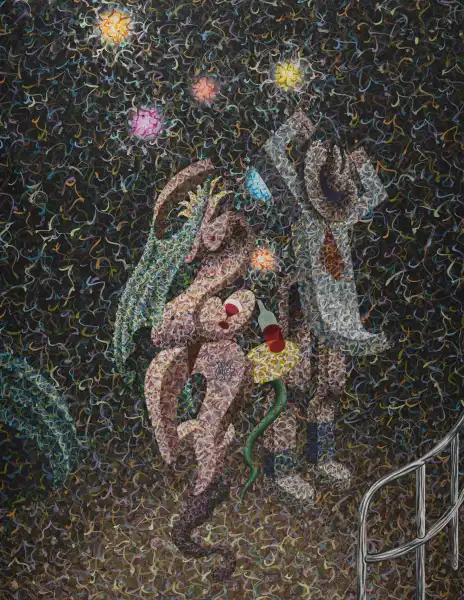
Save this storySave this storySave this storySave this story
One day in February 2024, Grant Ford, an art consultant and dealer in Marlborough, England, received a phone call from a local lawyer named David J. Goldsmith. Goldsmith was seeking advice on a case involving an elderly artist who had been evicted from his London flat. The artist, Henry Orlik, claimed that he had lost hundreds of his paintings in the eviction, which had occurred while he was in hospital recovering from a stroke. Orlik, who was seventy-seven years old and in poor health, was desperate to get his art back. Goldsmith wondered what the paintings might be worth.
Goldsmith’s office is on Marlborough High Street, not far from Ford’s gallery. Ford worked for Sotheby’s as an auctioneer and specialist in British and Irish art for three decades until 2016, before setting up his own business. He also appears on the BBC’s Antiques Roadshow. “By that time, you kind of think you know everything,” Ford said. He headed to Goldsmith’s office, where Jan Pietruszka, a friend of the Orlik family, had brought in about a dozen paintings. The canvases were scattered across filing cabinets and leaning against the wall.
Ford was immediately struck by the paintings’ terrifying intensity and artistry. “I wondered, why hadn’t I heard of this artist?” Ford said. The works seemed part of a mid-twentieth-century British surrealist movement that included the likes of John Armstrong, Conroy Maddox, and Ithel Colquhoun. But Ford was particularly drawn to Orlik’s obsessive style: layer upon layer of multicolored, hair-like acrylic brushstrokes that created a sense of dizzying detail. “I thought they were very much like John Armstrong, but they’re actually superior,” Ford said. “He’s actually much, much better than all of that.” One of Orlik’s canvases, Don’t Vote, from 1974, depicted a deserted political rally scene filled with balloons, loudspeakers, and flags beneath a sky dotted with golden clouds in the shape of a halo. The stage was set among strange, lush plants.

“Drunks in Central Park.”
Sourse: newyorker.com






